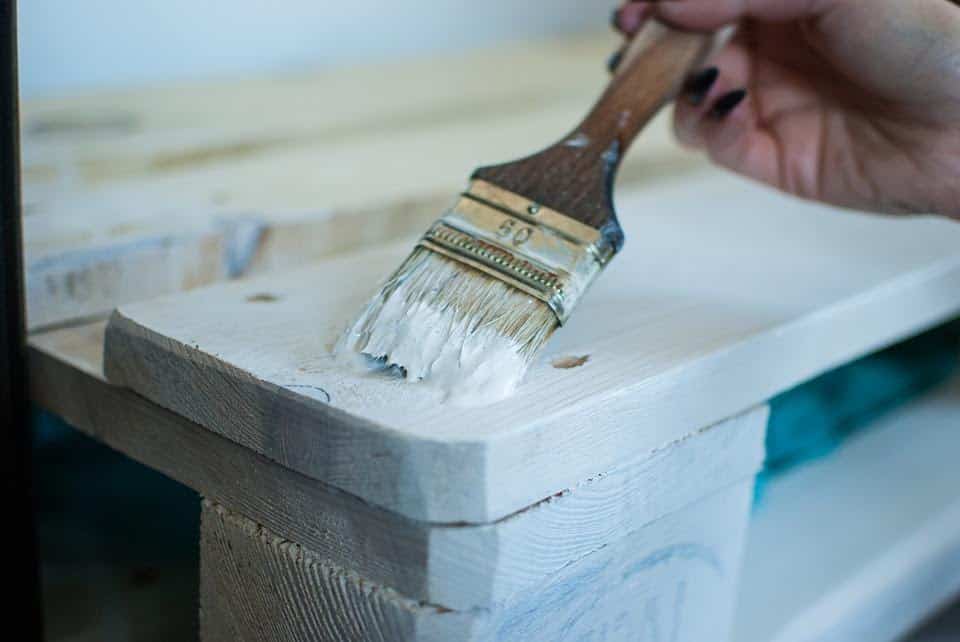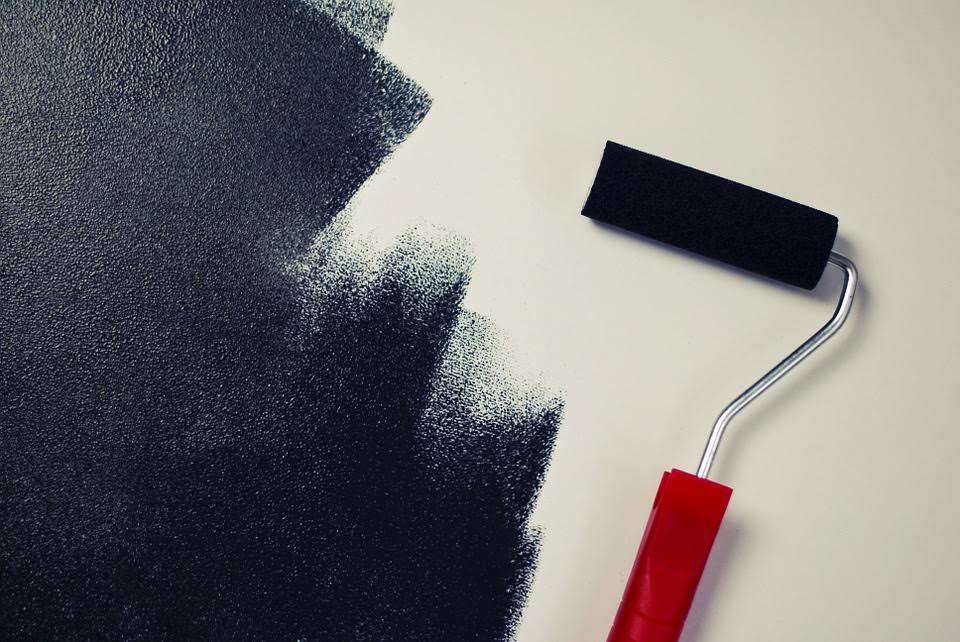Roller vs. Brush
Most interior paints available on the market today can be applied by a paintbrush or a paint roller and we use both in our projects, depending on the wall texture and the effects we want to achieve.
However, if you’re considering DIY paint job, it’s important to know that a brush and a roller have two very different functions.
Selecting the right tools is an essential step in making your paint job look better, and be more efficient – here are a few facts to help you decide which paint tool to use:
Brush
The oldest and most popular tool to use for painting because it’s small, precise and flexible, which makes it perfect for painting details, edges and areas that require more attention.
The brush is typically used to cut in and out of smaller and more detailed areas, including trims, corners, and edges, and to create a textured effect with brushstrokes.
There are various sizes and types of brushes to choose from: narrow brush to paint joints and alcoves, wide brush for edges and larger surfaces, and ‘radiator brush’ for corners; medium hardness brush is used to cover corners, while soft angle brush is best for details.

Also, depending on the type of paint, different brushes are used: nylon or polyester for latex (water-based) paints, and natural for oil-based paints, varnishes, and stains.
However, it’s important to know that painting with brushes is not economical since you need more paint; so, we wouldn’t’ recommend painting with the brush on large and smooth areas, as the incorrect use of a brush can cause streaks and traces.
Roller
Roller provides thin, uniform and even coats, and is an ideal tool for painting large, smooth and well-prepared walls, ceilings, and large furniture. The roller is more economical to use than the brush since its porous surface holds much more paint and distributes an even layer of paint much faster.

The smoother the wall, the shorter the filament length should be (approx. 10mm), but in general it’s better to take advantage of a roller with longer filament. You can achieve different finishes with different rollers: smooth surface rollers for smooth finish, and thick or fluffy surface rollers for a more textured finish. There are many available roller types: plastic ones are intended for water-based paints, natural fiber ones for solvent-based paints, and sponge rollers for oil-based paints.
The most efficient technique when painting with a roll is ‘V letter’ – it allows you to cover large surfaces uniformly and quickly. To prevent unaesthetic streaks, do not press the roller too firmly against the surface.
Benefits of Using Both
The best painting results will be achieved by using the mixed technique – start with painting the corners, difficult-to-reach areas and edges with the brush, and then cover larger surfaces with the roller. This method is more efficient and will save you time, plus you’ll end up using less amount of paint.
Whichever painting tools you are using, it’s necessary to wash them with water after completion of the project. You can use them again after they have dried.
Whether you need major remodeling or you want to revamp your walls, at Home One Service we are here to help enhance the look and feel, comfort and safety of your home.
Rest assured our proficient and friendly team of contractors at Home One Services is here for all your home and office improvements and maintenance needs, including quality home painting and commercial painting in Lancaster PA.

